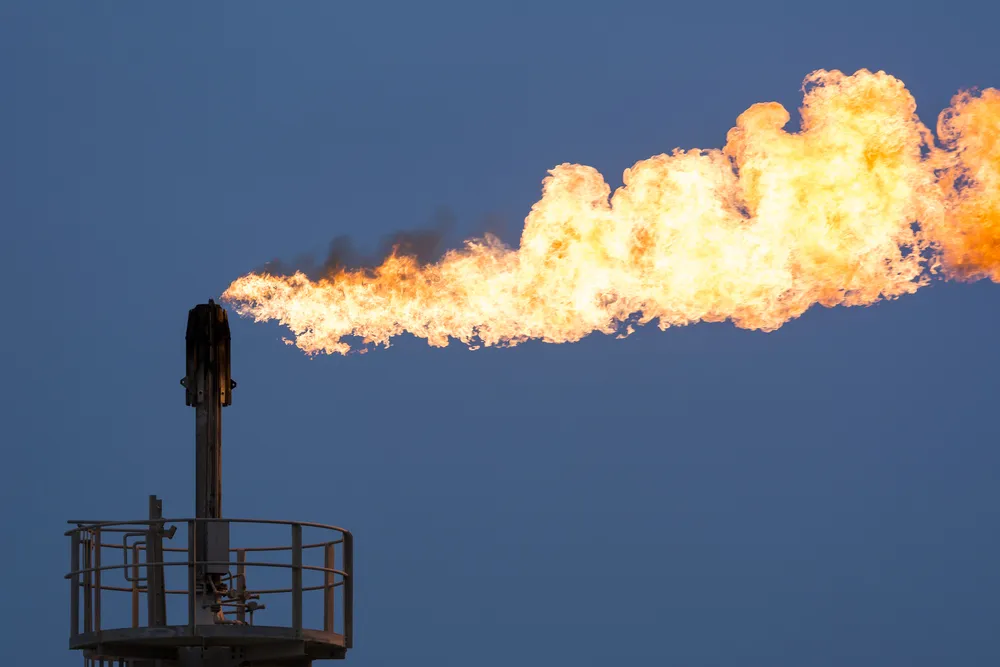Wireline Operations and Techniques in the Oil & Gas Industry Course
Introduction:
Current essential oilfield activities heavily depend on wireline oil and gas operations, which utilize a rigid steel thin wire mounted on a panel, powered by a reel and pulley system. Wireline operators play a crucial role by performing diagnostics, troubleshooting, and carrying out completion and production maintenance using wireline equipment.
This course on Wireline Operations and Techniques in the Oil & Gas Industry focuses on the deployment of various perforating charges through precise firing techniques at predetermined depths, back-off operations for stuck pipes, object retrieval, and the management of complex wellhead pressure and flow control systems.
By the end of this section, learners will gain a clear understanding of the wireline operator's job classification, alongside management issues related to the development of oilfield wireline operations. They will also consider various operations performed using wireline tools.
Objectives:
At the end of this Wireline Operations and Techniques in the Oil & Gas Industry course, participants will:
- Identify and describe the use of slick line and wireline tools.
- Identify and describe the Pressure Control Equipment and Bottom-hole assemblies designed for slick line and wireline interventions.
- Describe typical applications for slick line and wireline interventions.
- Critically evaluate each intervention type, including the advantages and disadvantages for various job problems.
- Highlight key work design features required within the scope of the contractor's proposal.
- Address risks associated with each type of intervention and possible mitigation controls.
- Promote safety, effectiveness, and efficiency of rigless intervention by incorporating industry practices and experiences.
- Integrate current knowledge of wireline tools and operations in oil and gas well operations, servicing, workovers, and production.
Training Methodology:
- Case studies
- Group discussions
- Simulations
- Field training
- Question and answer sessions
- Tutoring and quizzes
Course Outline:
Unit 1: Well Completion Introduction
- Introduction to the Petroleum Industry
- Completion of Oil and Gas Wells
- Comprehensive knowledge of various equipment and their applications during the completion stage
- Simple calculations and conversions
Unit 2: Overview of Wireline
- Investigation of types of wirelines and their applications in the oil and gas industry
- Wireline applications in different scenarios
- Important components of a wireline unit
- Managing well barriers and well control processes
- Surface pressure control equipment and its importance
Unit 3: Slick Line & Braided Line Tools & Applications
- Extensive review of the slick line unit and associated pressure control equipment
- Braided line and pressure equipment
- Elements of string tools and their functions
- Processes for running and retrieving tools
- Locks, standing valves, landing nipples, and other flow control elements
- Actions for running, setting, equalizing, and pulling
- Tools for shifting and repositioning casings and their limitations
- Overview of service and remedial tools
- Modification of gas lift mandrels: A non-simulated demonstration of practical performance
- Arrangements for various activities during well operations
Unit 4: Slick Line and Braided Line Fishing
- Strategies for addressing easy wireline problems, such as a wire breaking at the surface
- Tactics for cases when the wire is in sight
- Responses for a wire broken downhole or blown up the hole
- Applications of wire finders and wire grabs
- Fishing clamps and their applications
- Fishing methodologies: Retrieval of the fish
- Tools for fishing operations
- Capture and recovery fishing procedures
Unit 5: Electrical Line Operations
- In-depth look at electric line features and systems
- Electric line applications, including operations (logging, perforations, PLT)
- Tackling wireline issues
- Study of case examples
- Roundtable for knowledge sharing and problem-solving


















